Global Privacy Platform (GPP) & What It Means for Cookie Consent
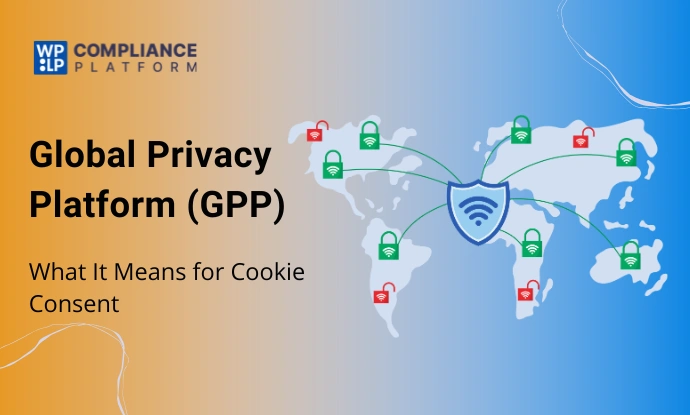
Summary
Traditionally, websites operated multiple consent frameworks which created complexity and made compliance challenging. Nevertheless, GPP sends common consent signals that all platforms agree on.
Cookie banners still collect the user’s actual choice, GPP just sends that consent choice in the background. The increased business outcomes are clearer compliance, less technical effort, and a more consistent privacy controlled globally.
With the changing global privacy regulations, you are likely starting to see how multilayered these regulations can become, especially with each region linked to a new set of consent demand & tracking rules.
To tackle this challenge, the IAB Tech Lab has developed the Global Privacy Platform (GPP), which is a centralized way of standardizing how websites, advertisers, and platforms communicate user privacy preferences and respect the user.
Let’s jump into what Global Privacy Platform (GPP) is, why it’s importance, and cookie consent implications.
What is the Global Privacy Platform (GPP)
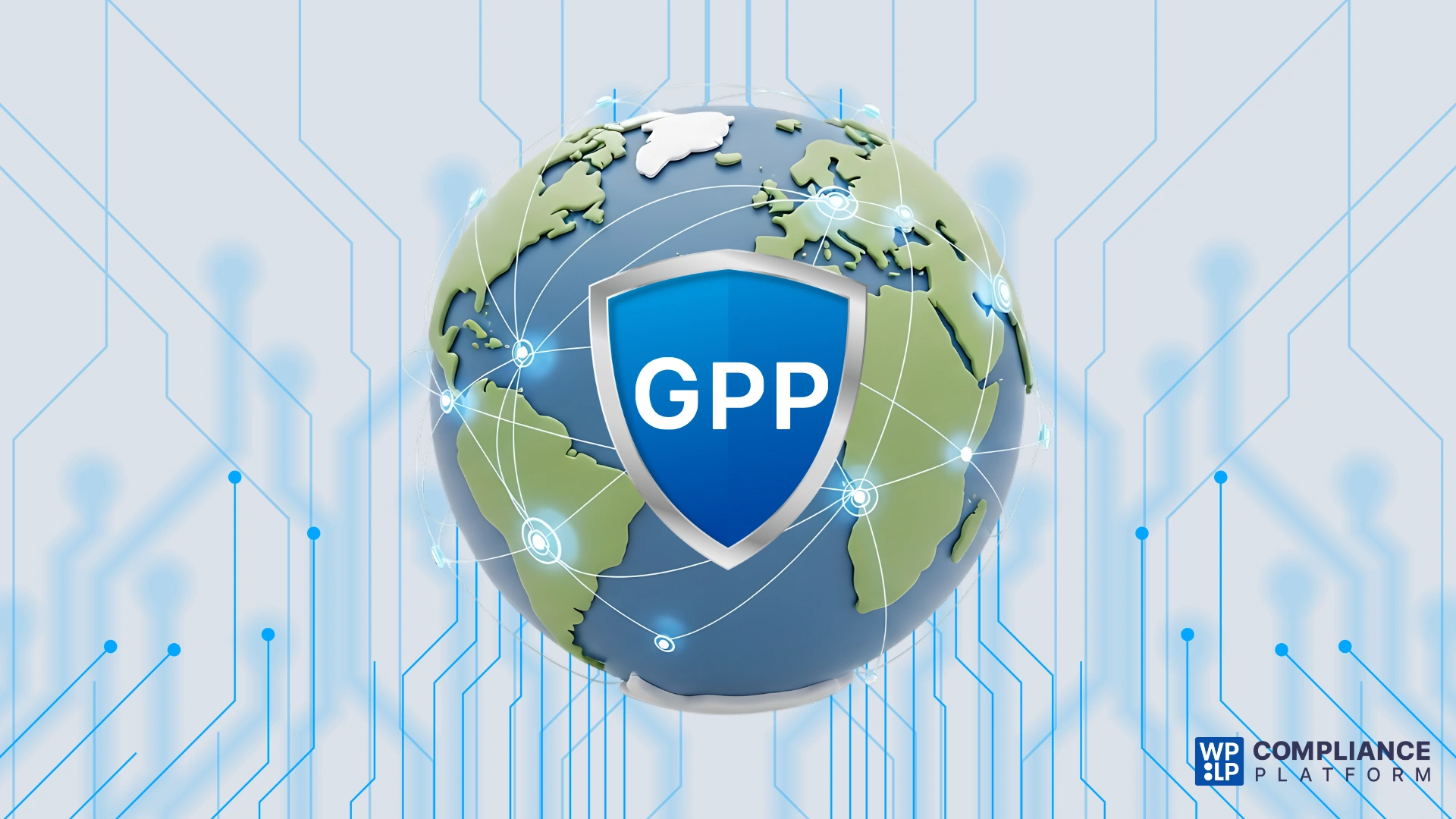
The Global Privacy Platform (GPP) is essentially a common vocabulary for internet privacy preferences. IAB Tech Lab specifically created GPP for the major purpose of simplifying how websites communicate user privacy preferences in various countries and states.
Different regions of the world have different privacy regimes today. In Europe, people refer to the privacy law as GDPR, while in California, it is known as CCPA or CPRA.
Websites would have had to manage multiple different consent frameworks. An example of these regulatory regimes would be:
| Region | Framework | Purpose |
| European Union (EU) | TCF (Transparency & Consent Framework) | Administer consent for advertising, as required by the EU GDPR |
| United States | USP v1 / USP v2 | Monitor opt-out rights as required by CCPA/ CPRA |
| Canada | TCF Canada | Govern consent transparency requirement for Canadian privacy law |
Each region has its own privacy consent frameworks, and each framework has its own rules, categories and signaling formats. Since they aren’t aligned, organizations have to operate in a number of overlapping frameworks at the same time. This leads to complications while complying with these privacy regulations and can also cause other concerns:
- Creating different banners for different regions based on their privacy laws leads to confusion and management difficulties.
- Broken consent tracking with analytics tools and ad networks.
- Accidentally breaking any privacy law, which can then lead to hefty fines and loss of trust among users.
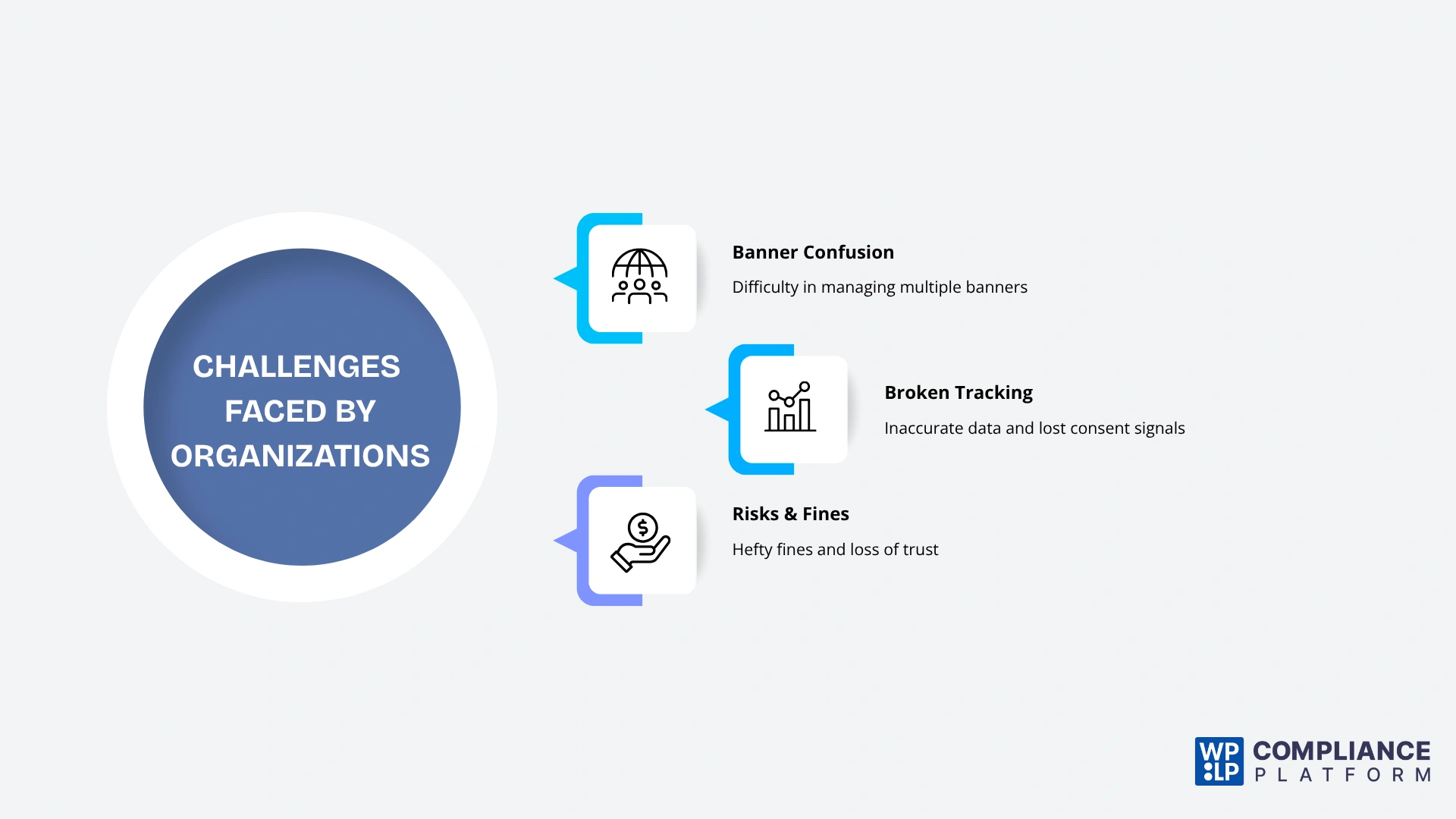
GPP provides a cooperative set of frameworks. For businesses, GPP is:
- Single standardized signal: GPP is a single, mutually agreed upon set of data representing a user’s privacy preferences.
- Single integration: No longer having to integrate with different structures for different regions/vendors, a site or CMP can integrate that data just once with GPP.
- It sends the user’s consent options in a single manner.
GPP has been developed in a manner that it simplifies the meaning behind consent categories that are used to address ads, analytics, personalization, measurement, sale/sharing, etc.
Why GPP Matters
Privacy regulations keep evolving with time across the globe, hence, it demands a more effective way to collect user consent in different regions worldwide. To solve this recurring issue, GPP has been put forward as a standardized method of expressing privacy preferences.
Here is why it matters:
Global Privacy Laws Are Growing: New laws are still emerging from the EU, certain U.S. states, Canada, and more, and each has its own consent requirements.
Need for Standardization: Without GPP, a website will need to manage multiple consent logics for various regions. GPP takes that and puts it all in one format that works anywhere.
Heightened User Expectations of Transparency: As users are increasingly more aware of their rights, they want to know how their data is collected, stored, and shared. GPP helps to provide this important consistency in honoring their choices.
Decreased Technical Complexity: Instead of having to set up multiple scripts and multiple banners, GPP creates much less technical complexity, such that fewer sets of code will be needed, adjusting across ad stacks, analytics tools, and CMPs.
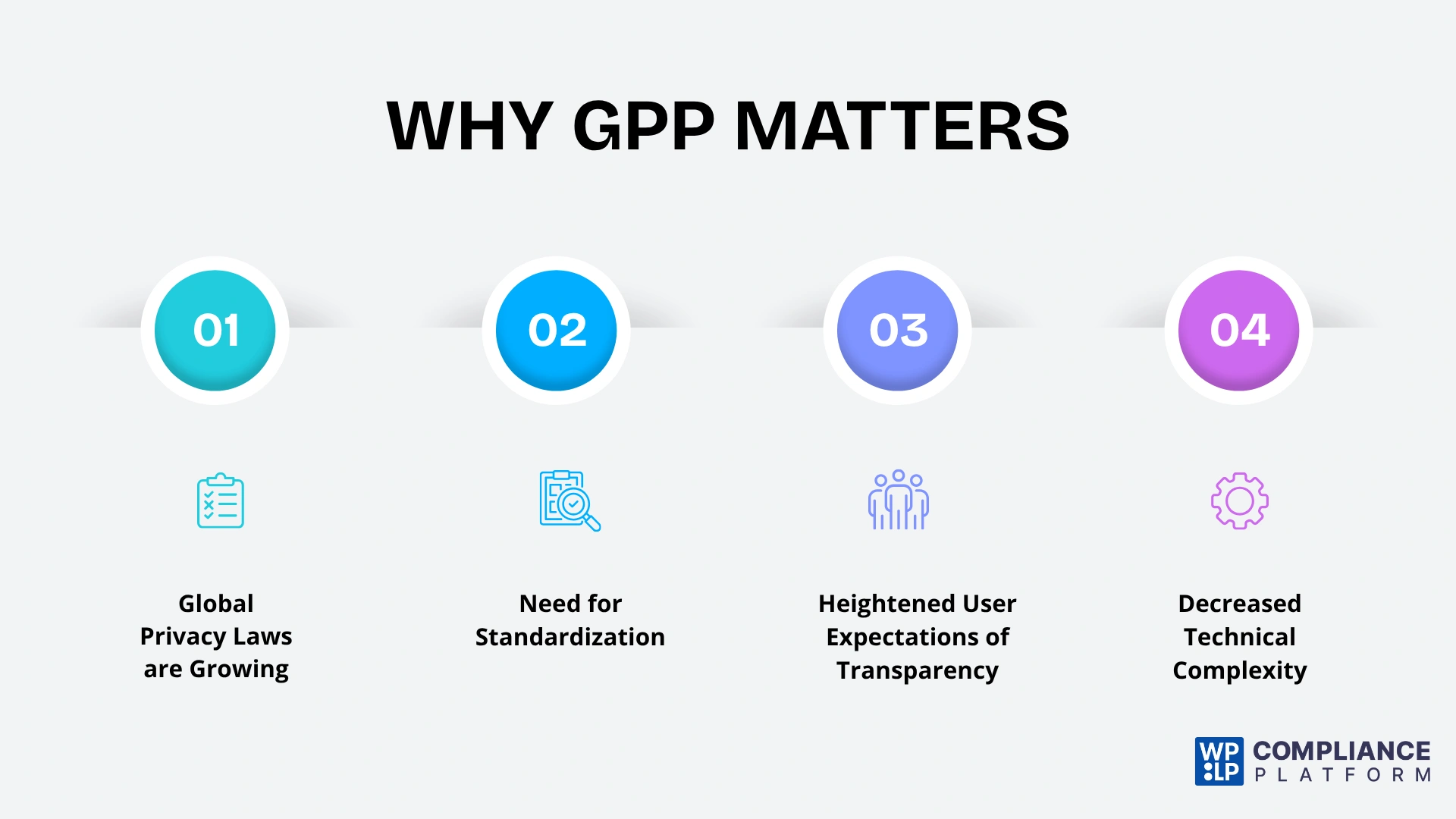
GPP does all of this while making compliance easier, clearer, and more dependable for both businesses and users.
How Does GPP Impact Businesses
GPP alters how websites manage user data across marketing, analytics, and advertising tools. Rather than having each platform interpret consent independently, GPP acts as one single common signal that all platforms will be able to understand.
1. Tools Only Run Once the User Gives Their Consent
When GPP is enabled, tools such as Google Analytics, Meta Pixel, and ad networks will not run unless the user allows for tracking. If the user chooses not to track, then those tools will not run, and there will be no additional work required related to tracking and marketing to ensure data compliance.
2. Personalized Ads Retain User Choice
Remarketing and behavior-based ads depend on tracking. GPP makes it easy:
- If the user opts out, personalized ads and remarketing are disabled.
- If the user opts in, the campaigns will run fine with no manual intervention.
3. Consistent Consent Across Platforms
Formerly, consent signals have been interpreted differently on various platforms, which has led to inconsistent data across those platforms. GPP addresses the inconsistent consent across platforms by offering a single consent signal, which takes the miscommunication out of the equation and provides the same consent rule across every tool.
4. One Implementation for Many Privacy Laws
Different regions have different privacy regulations. Without GPP, a website requires multiple consent systems for every location. GPP simplifies that process by implementing a single consent for every location.
GPP allows the use of consent management for businesses to respect user privacy with applicable analytics and advertising workflows.
Standardizing consent sharing across platforms simplifies it more to avoid miscommunication, and continue complying with global privacy compliance without knowing a lot of coding.
How to Implement GPP on Your Website
As the world sees a surge in privacy regulations, businesses require an effective way to share user consent preferences across regions. The Global Privacy Platform (GPP) provides a foundation for how consent data will be shared with ad networks, analytics platforms, and third-party tools.
Here are some steps for implementing GPP successfully:
1. Review Your Current Tracking Setup
Determine which cookies, analytics tools, and advertising scripts your site is using. Identify which and in their functionality require consent.
2. Use a CMP That Supports the GPP
Your Consent Management Platform (CMP) should have the capability to capture consent from users and automatically send GPP signals.
3. Adjust Consent Options
Different areas of the globe have different requirements (eg, the EU requires explicit opt-in, California requires Do Not Sell/Sharing). Ensure consent categories reflect those requirements.
4. Enable GPP Signal Sharing
Share GPP signals so ad networks like Google, Meta, DSPs, and other platforms will see the consent choices automatically.
5. Test the Consent Flow
Approve and deny consent options while reviewing the list of visible and blocked scripts to ensure the appropriate scripts are loading or unobstructed as required.
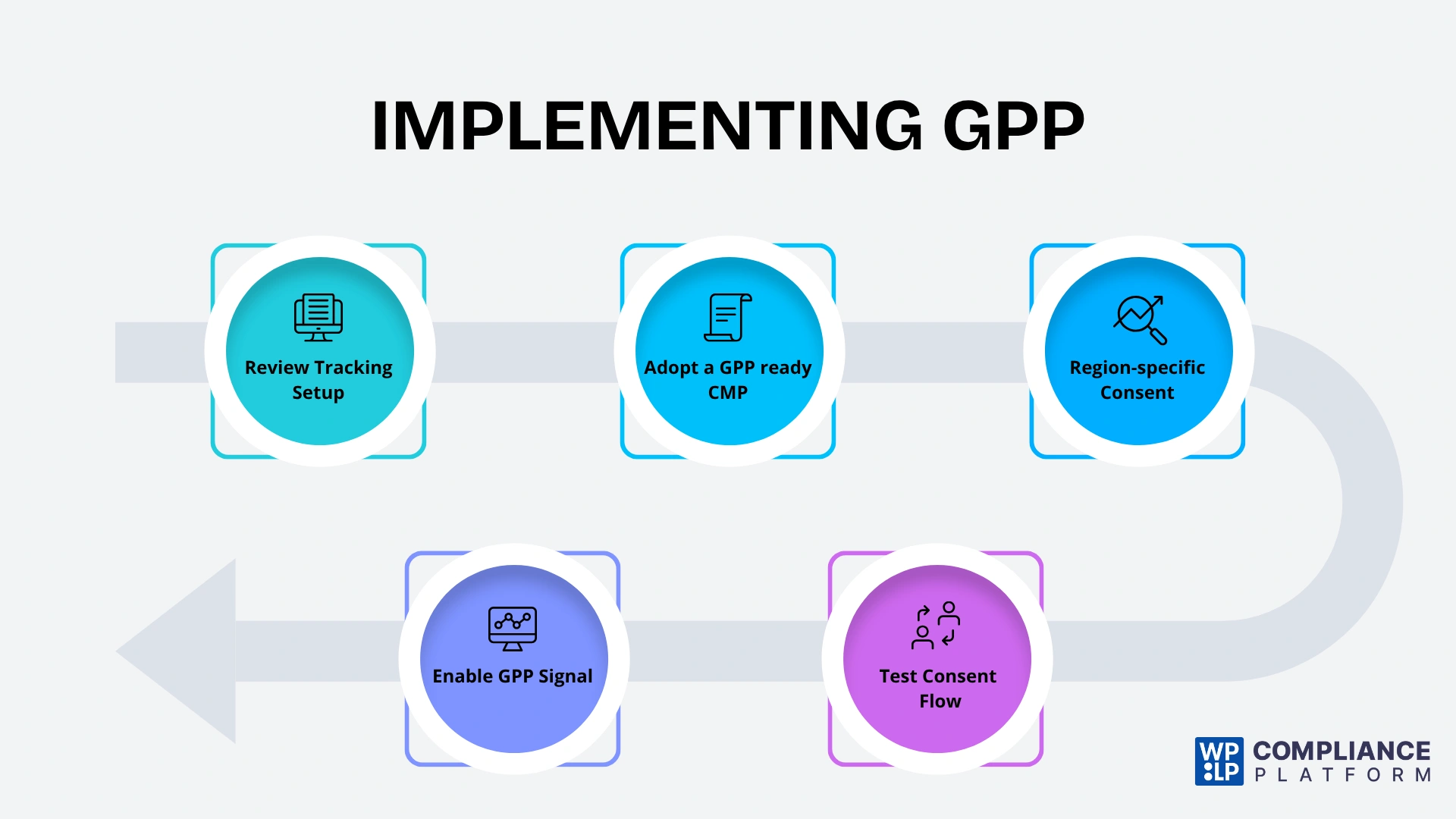
How Do Cookie Consent and GPP Relate
GPP helps to differentiate between what users see and what occurs behind the scenes. The cookie consent banner is the front-end aspect of privacy compliance.
Users directly engage with these cookie banners and make an active choice to either opt-in or opt-out. Once that choice has been made, GPP acts as the back-end communication layer.
GPP takes the user’s consent selections and converts them into a standardized signal that is recognized by any platform, such as Google Ads, Meta (Facebook), Demand Side Platforms (DSPs), Analytics, ad networks, and data vendors.
Before GPP, each platform interpreted consent individually, leading to miscommunication between the banners and the tools, inconsistent tracking, and a higher risk for compliance.
With GPP, the consent message has the same and consistent meaning, every tool connected to it interprets the user’s selection the same way.
Cookie banners are what collect the user’s choices. GPP comes into play once the user has made a choice. It simply sends those consent signals to any and all affiliates without any type of hiccup. Both are needed and neither replaces the other.
Best Practices for Smooth GPP Compliance
Preparing for GPP compliance should not feel like an overwhelming task. If you implement a solid consent procedure and are clear in your communication, you can comply with GPP requirements and keep user trust.
Make your cookie banners transparent and correctly categorized: Make sure the banner clearly distinguishes between essential and non-essential cookies so users can make informed decisions without any ambiguity.
Confirm your Privacy Policy mentions whether you process global privacy signals: Your policy should alert users whether, and how, your site processes GPP signals (e.g., opting out of certain data collection and tracking).
Log all consent events: Be sure to have secure tracking of when your users consented, how they consented, and what they consented to; you may need consent logs in the event of an audit or legal inquiry.
Use region-based banners: Show different consent notices for visitors based on their location. This ensures compliance with regional privacy laws with no excess manual workload.
Frequently Asked Questions (FAQ)
No, GDPR is the governing law. GPP is the privacy framework that allows you to comply with many laws consistently.
Not globally, but many online platforms are adopting it as the preferred standard.
Yes, your CMP must be able to receive and capture the consent that GPP communicates with.
No, cookie banners are designed to collect consent. GPP transmits that consent to various platforms and tools.
No, GPP is invisible to the user. It only impacts how the consent data is communicated to the platforms.
Consent preferences might not be appropriately shared with the advertising or analytics tools, which could create risks for data non-compliance and tracking inaccuracies.
No, GPP also impacts analytics, embedded content, personalization tools, and any script that could process personal data.
Conclusion
The Global Privacy Platform (GPP) signifies the future of privacy compliance, streamlining how consent is obtained, communicated, and verified anywhere in the world.
Applying GPP is a reliable way to ensure that users’ privacy preferences are respected uniformly across regions and technology platforms.
GPP improves compliance, reduces the need for manual configuration, and increases transparency around consent sharing in the advertising and analytics ecosystem.
By using GPP now, you position your privacy processes to be future-ready as global privacy expectations continue to evolve over time.
If you enjoyed this article, consider reading these blog posts:
